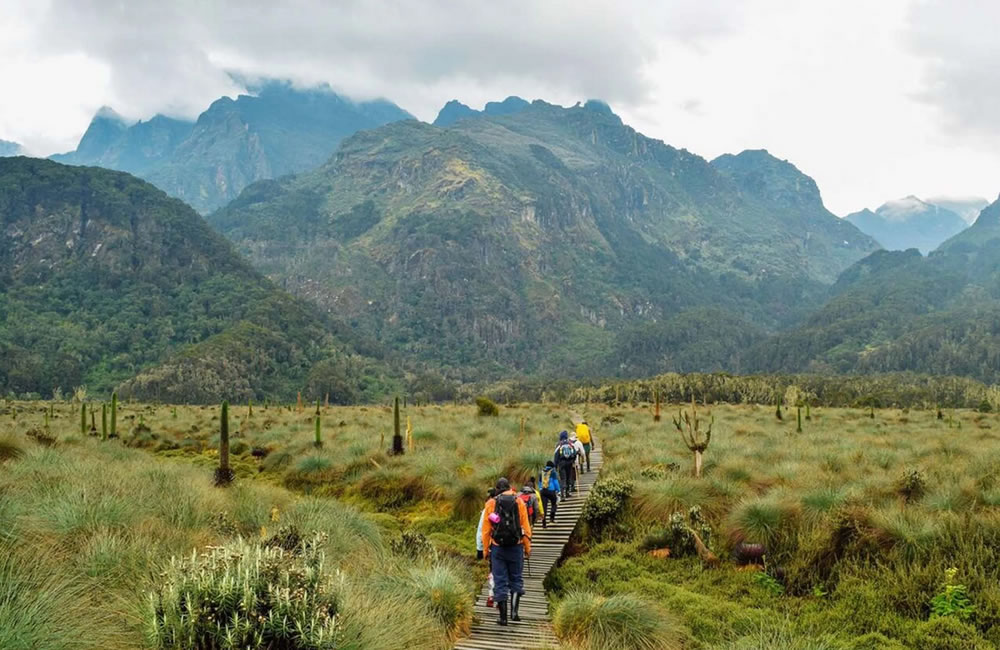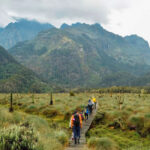Tourists flock Uganda year in and year out appreciating the gifts that God gave our land. Flocking our nation to climb our mountains that they call virgin because they have survived the heavy pollution and litter that is a characteristic of the foreign peaks such as the Everest.
When we think about the country’s tourist attractions, our minds immediately goes to the national parks and forests that host the mountain gorillas, but mountain climbing is a magnet that attracts a large number of tourists and natives to the mountainous region.
One such mountainous region is Mount Rwenzori, which in itself has a strong heritage that can be traced back to 1906, when an Italian Duke climbed the mountain which lies on the border of Uganda and Democratic Republic of Congo.
The Italian influence is very important in this region because in 2006, a large team of Italians returned to the region and climbed the very same mountain during the centenary celebration which marked 100 years since Luigi Amedeo of Savoy, Duke of Abruzzi climbed the peaks in the region.
During this climb, Professor Giorgio Paolo Maria Vassena, a researcher and lecturer at the University of Brescia, Italy, in partnership with Professor Bob Nakileza of Makerere University, Department of Geography placed two meteorological stations that record data.
Professor Vassena explained that, The first meteorological station is located 4,000 metres high over the Bukuku Lake and is owned by the University of Brescia and the Italian Alpine Club. This particular station was set up to record rainfall, temperature, relative humidity, total solar radiation, speed and direction of the wind. Mount Rwenzori where the meteorological stations have been placed.
According to Professor Vassena, the solar radiation is something that needs to be noted as it appears that the severe reduction of the ice cap on the Rwenzori peaks is mainly due to the typical clouds cover, present during the day in the area. At the moment it is not proved if within the Rwenzori range at high altitudes, the increment of temperature that is already seen at sea level is also occurring.
“A second meteorological station was installed on Mount Stanley by researchers of the L’Umana Dimora, the station is just above Helena Hut at 4,600 metres of altitude. The data collected is useful when understanding the environmental weather behavior taking place in the course of time in the area” explains Professor Vassena.
Professor Vassena was delighted to report that the group of Italian researchers completed a field-training course with the park rangers of the Rwenzori region so that they too can be involved in the management of the meteorologist sensors and be a key part of the researching team that supports the Italian team.
He added that the rangers are now able to download data and give technical support to the Bujuku meteorological station. This year between June and July, a study was carried out to define the position where a permanent working GPS (global positioning system) reference station on Mt Stanley would be placed. At present the station is located at Helena Hut but the station will be fully operational by 2009.
Professor Vassena explained that although some changes in climate have been noted there has been no drastic change as two years is a very short time to monitor dramatic change.
He noted that changes will be noted after a period of five to 10 years. With the current threat of global warming this information is vital as it will provide data that will indicate a change in climate conditions.


